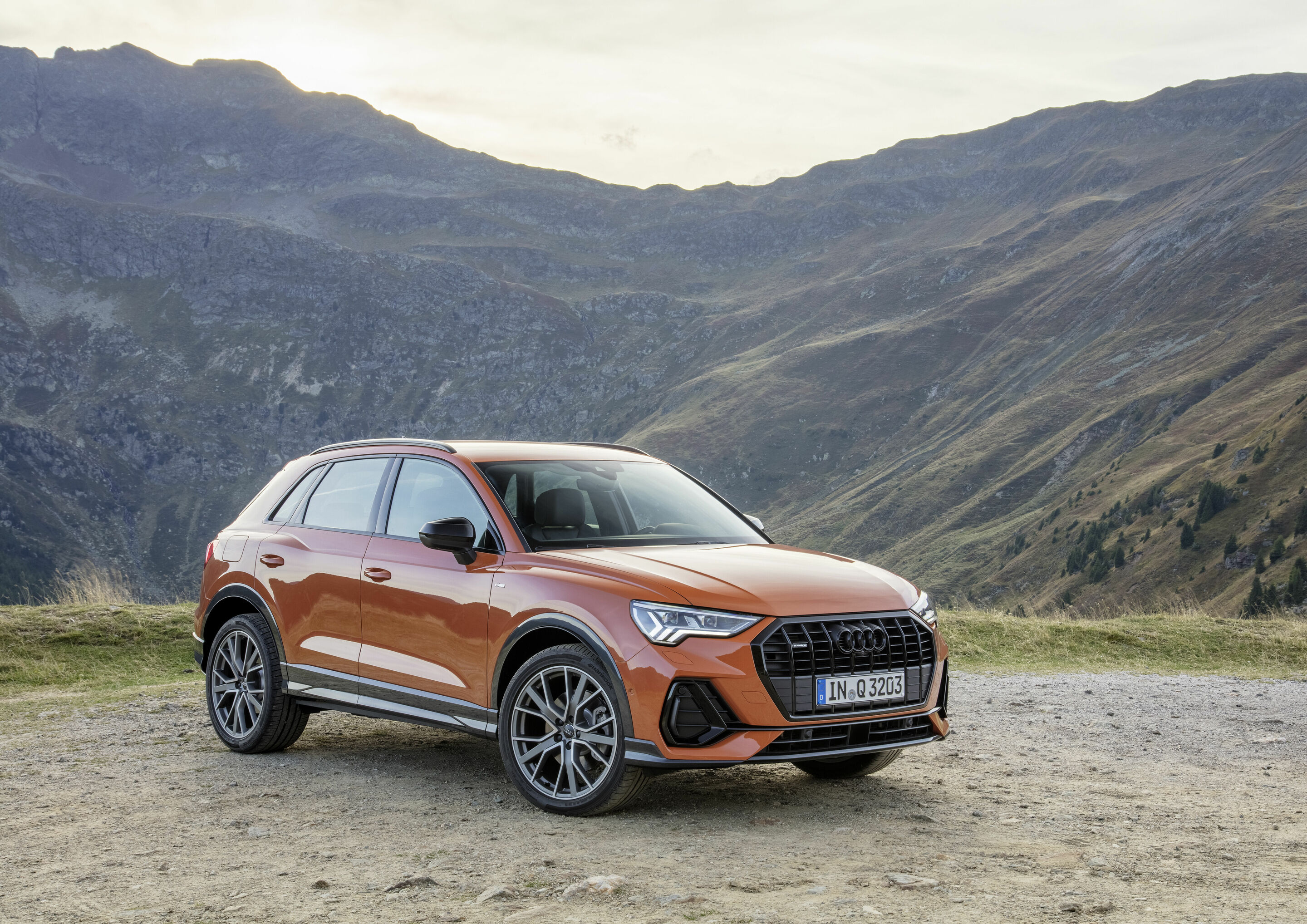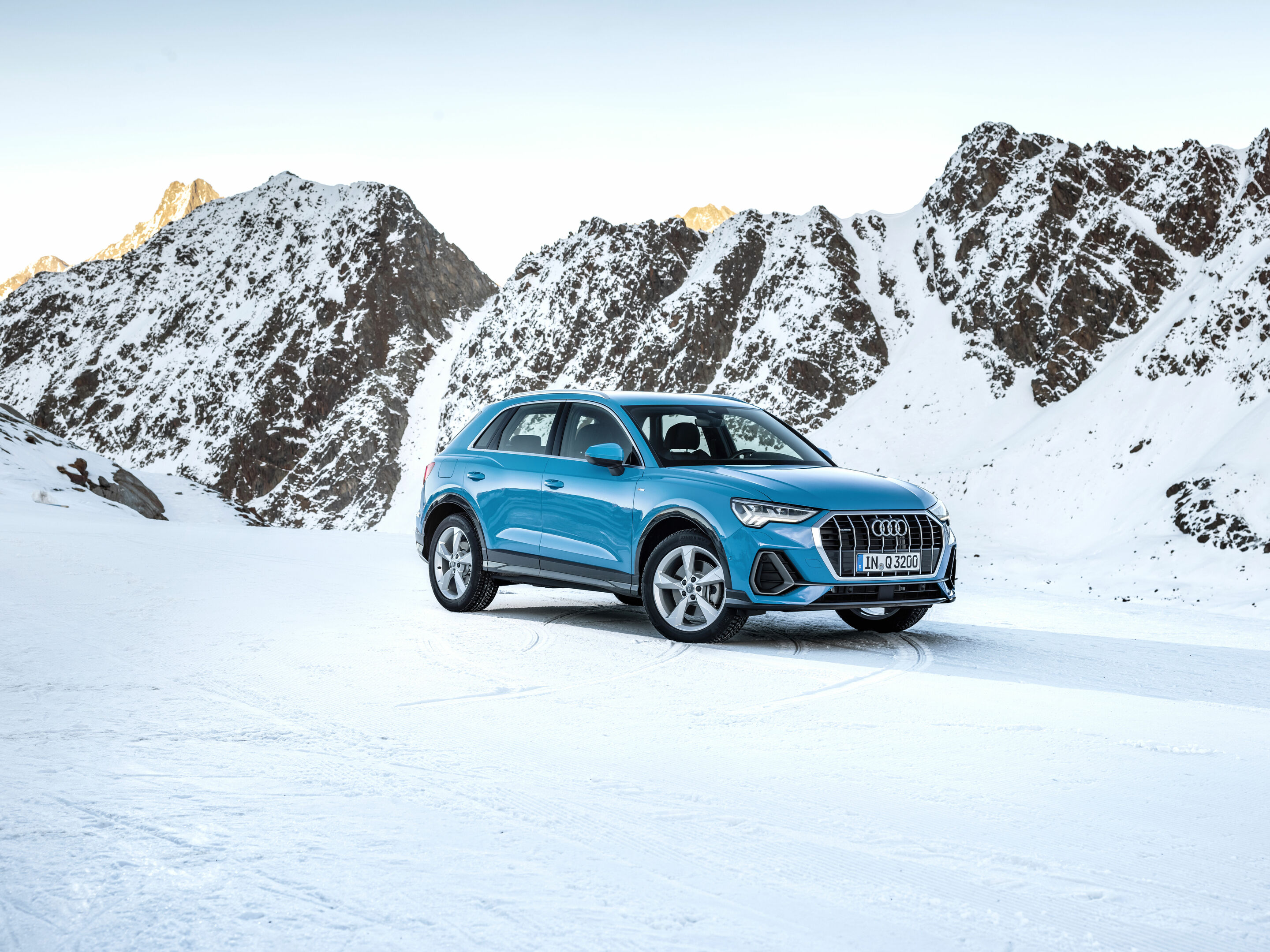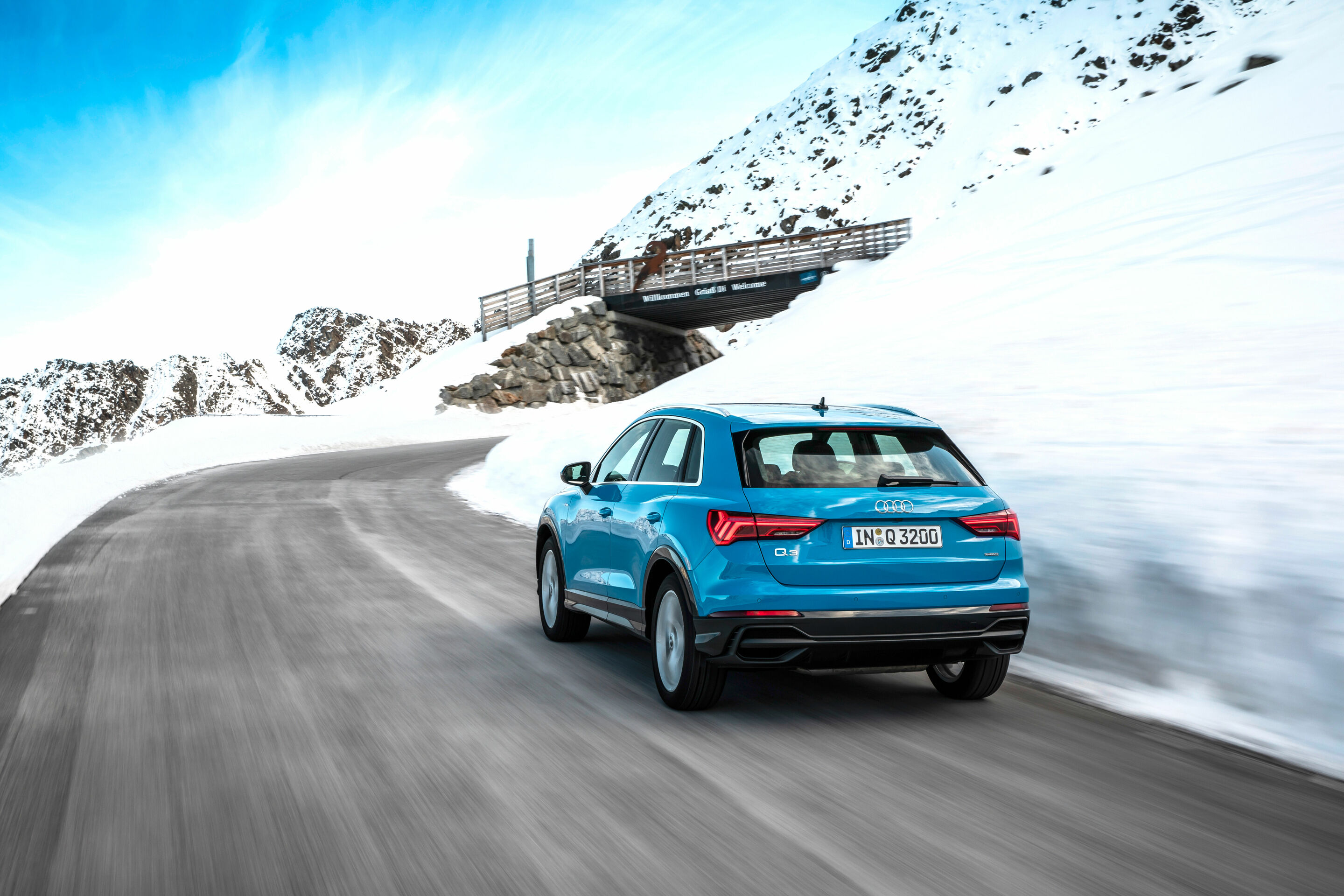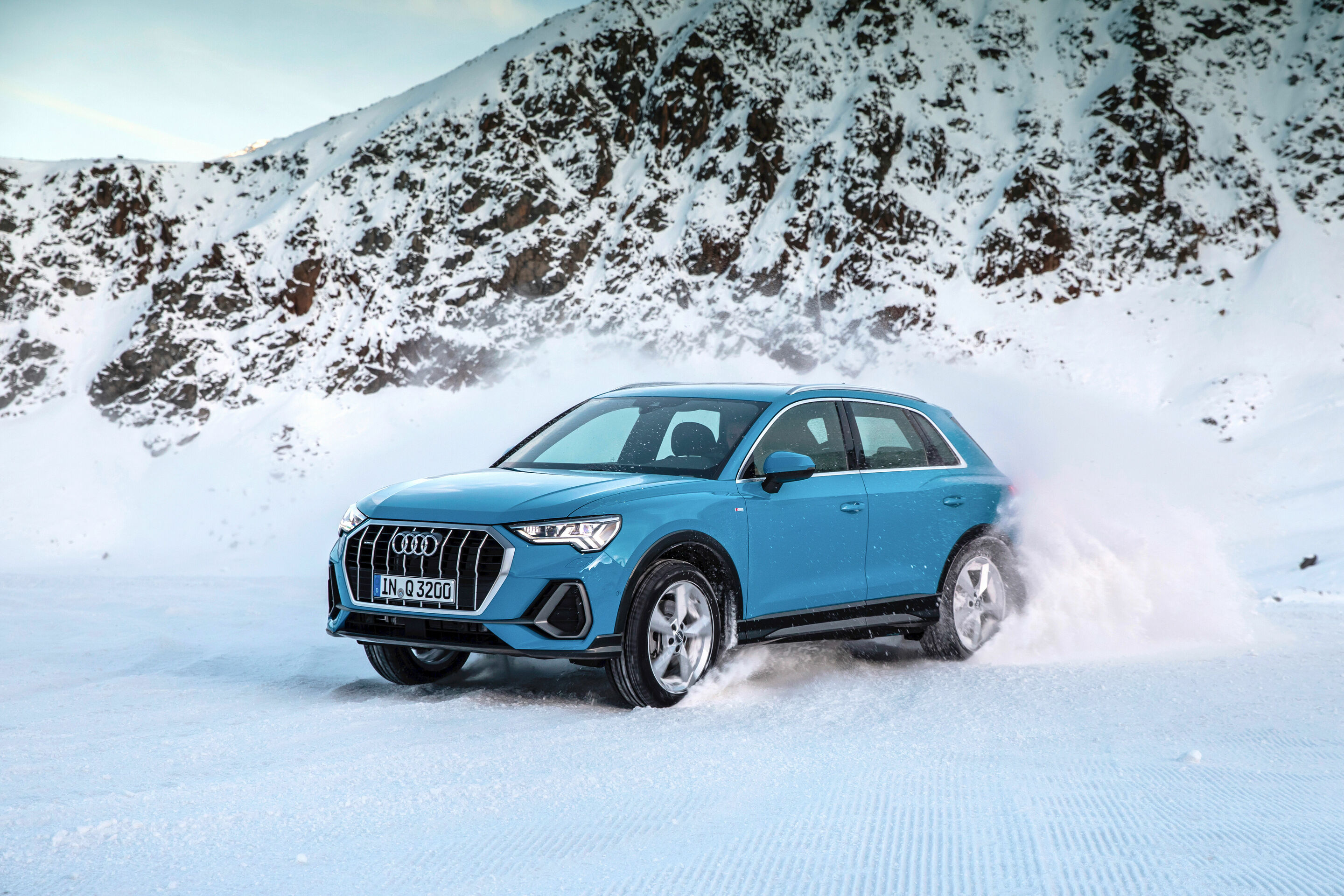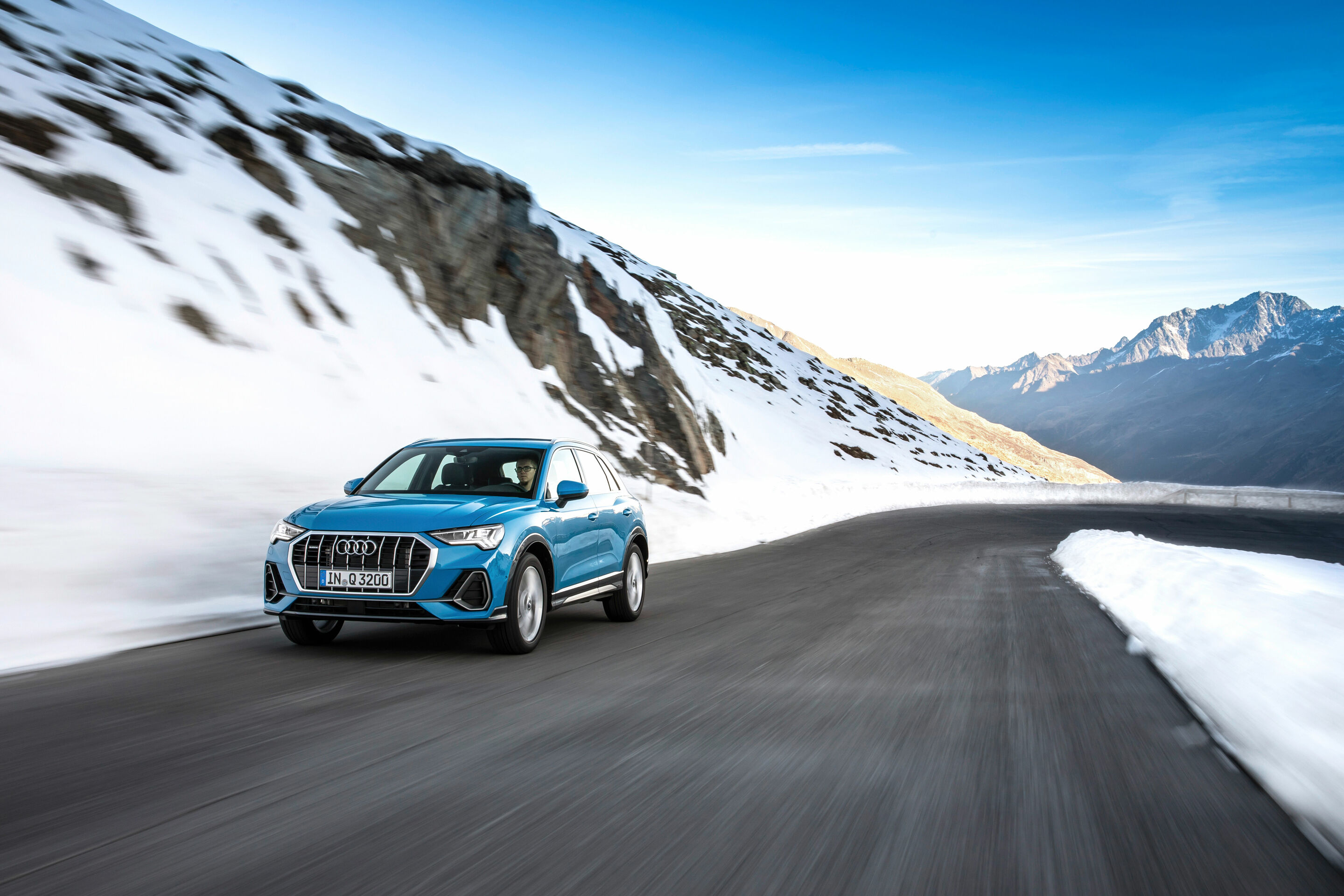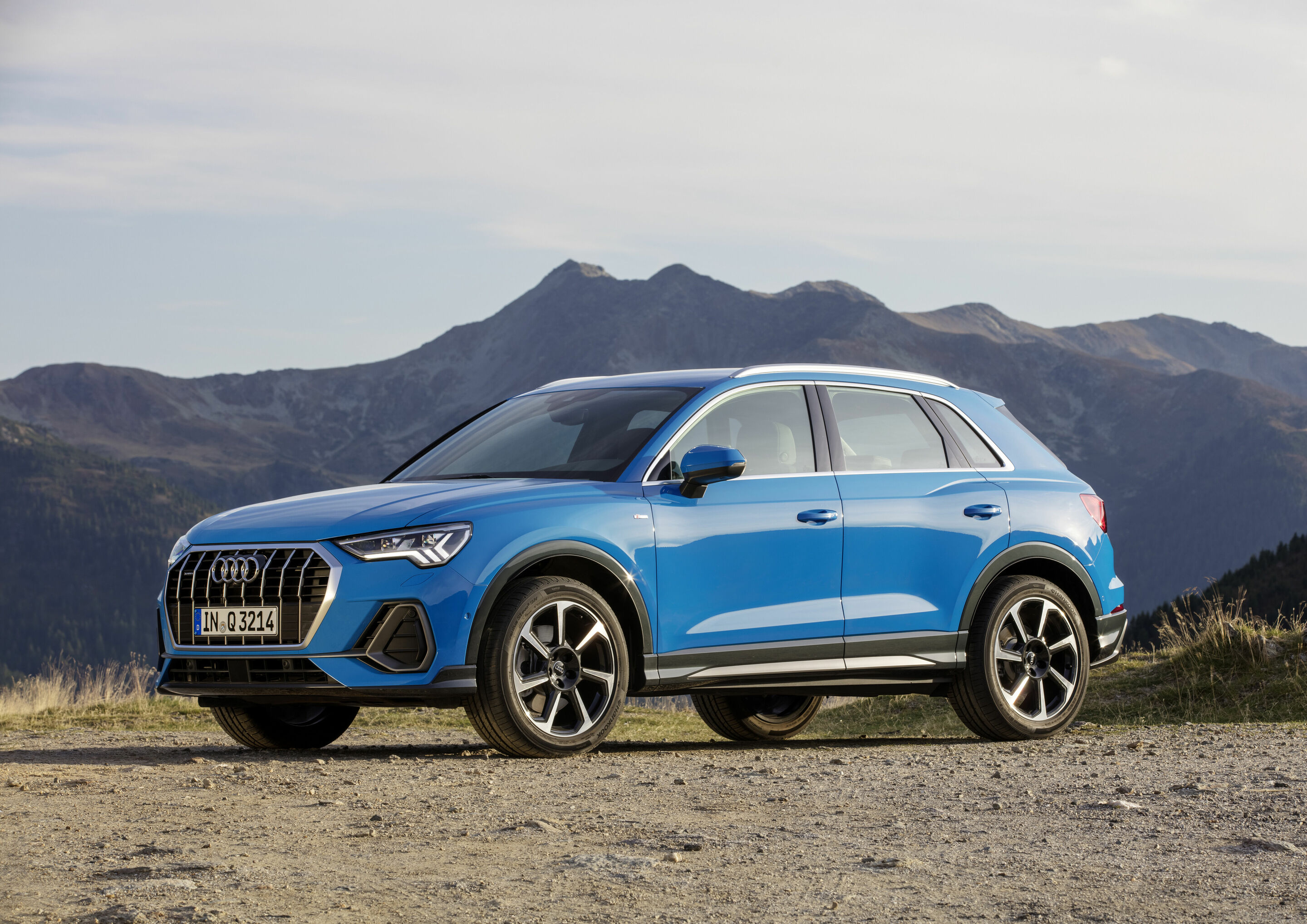Five stars for the Audi Q3 in Euro NCAP test
- Brilliant performance by the compact family SUV in important safety test
- Modern driver assistance systems on board, several as standard equipment
- Passenger cell made of a high-strength combination of hot-shaped steels
The new Audi Q3 offers bumper-to-bumper safety: The compact family SUV earned the top score of five stars in the Euro NCAP (New Car Assessment Programme), one of the most important automobile safety tests in Europe.
To get the highest rating of five stars, a car has to score in all key Euro NCAP criteria. The new Audi Q3 succeeded in doing so with flying colors – in the category adult occupant protection as well as for child safety, vulnerable road user protection and driver assistance systems. The actively supporting safety systems – which include automatic emergency braking for city traffic and for highways – are included in the overall NCAP assessment with a 40% weighting for adult occupant, 20% weighting for vulnerable road users and 20% weighting for safety assist.
The new Audi Q3 has these technologies on board. The safety systems Audi pre sense basic and Audi pre sense front are standard equipment. The latter provides the driver with a visual, audible and haptic warning when critical situation involving pedestrians, cyclists and other vehicles are detected via radar. It even initiates emergency braking if necessary. Also included as standard equipment is Audi side assist, which warns of hazards when changing lanes Audi active lane assist is also standard. This system helps to prevent the vehicle from leaving its lane unintentionally. The optional assistance package bundles the adaptive cruise assist, camera-based traffic sign recognition, parking system plus, high-beam assist and emergency assist.
The new Audi Q3 is also tops when it comes to passenger protection. Components made of hot-shaped steel form the backbone of the passenger cell. They are used primarily at the transition from the longitudinal members to the bulkhead, in the center tunnel, the sills, the A- and B-pillars, the roof frame and the rear longitudinal members. The hot-shaped components, which combine low weight with extreme strength, comprise 26% of the body by weight. Their combination lays the foundation for high crash safety and rigidity.
The European New Car Assessment Programme (Euro NCAP) is supported by a consortium of European transport ministries, automobile clubs, insurance associations and research institutes. Twelve institutions from eight European countries are involved. Almost all new vehicles are tested and rated on their passive and active safety in the Euro NCAP. The program’s test requirements considerably exceed the applicable standards required under European legislation.
